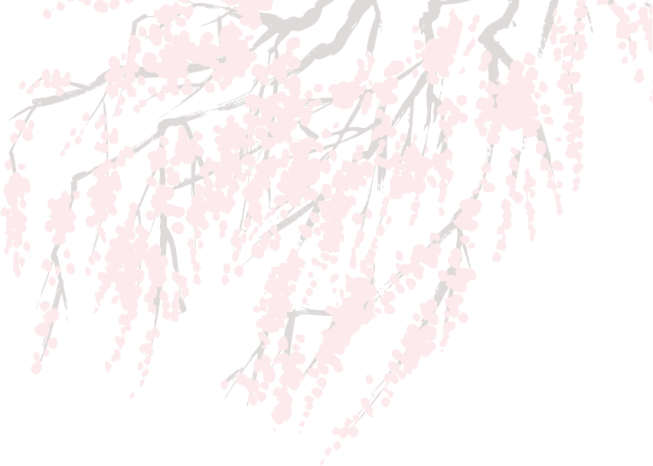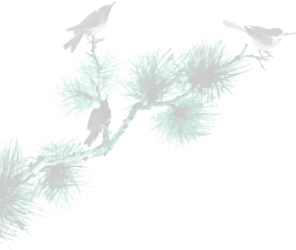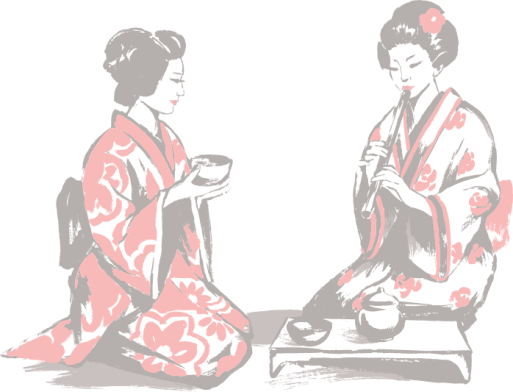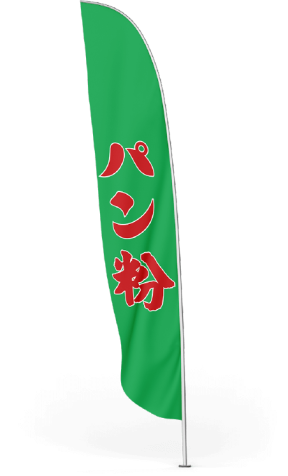The word pan in Portuguese means bread and Ko means dry powder. Sailor portugalian on the other side of the water in the land of almond eyes have taught people how to process dry bread, and the name has been around ever since. In Japanese, "pan" means bread and "ko" means small pieces, so "panko" in Japanese means small pieces of bread.
Panko is meaningless in some Persian dictionaries and in Dehkhoda dictionary, Panko is introduced as a part of Berlin, but in the world of food, due to the successful branding of Aftab Tejarat Negin, it is a special type of breadcrumbs that are crushed. Wheat bread and kneaded bread are made into dough-like pieces with sourdough.
How many years ago do you think Panko was invented? Thousands of years ago? Maybe hundreds of years ago? You might be surprised to know that Panko was invented in World War II, when Japan was at war with Russia. This innovation arose from the need to bake bread without the need for an oven.
Panko is a light toasted and crispy toast and crisp bread that is used to roast a variety of proteins and vegetables. The coarse and crunchy texture of this breadcrumbs is very special and noticeable and gives crispiness and crispiness to the fried food.
In the traditional way of cooking panko, in a very interesting process, heat is not used for cooking. The production process begins with the delivery of protein-rich flour with an exclusive formula to the storage area. The flour is mixed with water, sourdough, a little salt and sugar, then gently mixed in a blender at a certain temperature for a certain period of time. This action realizes the potential power of each of the ingredients to create a dough with superior strength and texture. The dough is then given the opportunity to ferment and knead. A process that is very vital. In fact, the dough is kneaded several times to produce what we are known for.The dough is divided into small balls, flattened and re-rolled, then specially baked into bread crumbs with a hard outer layer that is white and soft in texture. The moisture of the bread tablets is absorbed by the air for eighteen hours and is prepared for crushing. Drying the bread causes its integration. Finally, after sieving, the shavings are separated and toasted to create a light, hollow product with a fine texture and minimal bread crumbs.







